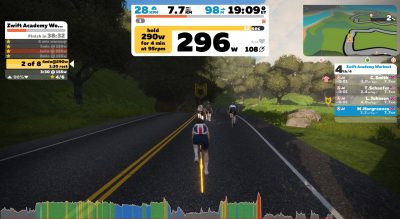How Much Protein Do You Need After a Workout?
Protein, what’s the big deal?
The most important aspect of any athlete’s life is health. We can’t do what we love if we have been sidelined by injury or forced to take days off due to fatigue. Oftentimes we are so focused on training that we neglect the tools at … Read More
















